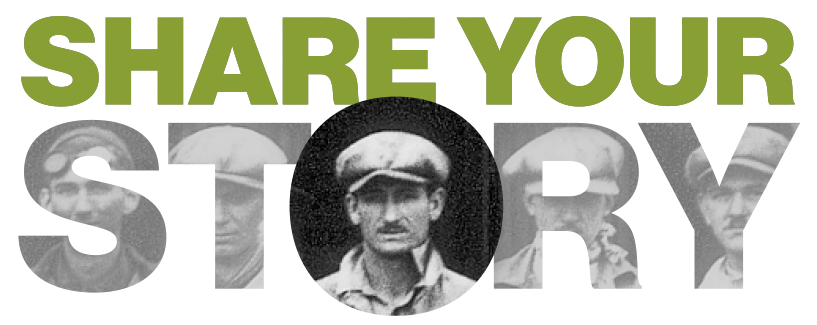In 1930 James H. Doolittle arrived at the Travel Air factory to take delivery of a new Type “R” monoplane that had been custom-built to his specifications for the Shell Oil Company.
“Jimmy,” as he was known by his friends and aviation associates (including Walter H. Beech), was already a legend. During the previous 20 years he had been the first pilot to fly coast-to-coast in under 24 hours, pioneered instrument “blind-flying” techniques, set transcontinental speed records, became a skilled test pilot and aeronautical engineer, and had won the 1925 Schneider Trophy race. No other pilot worldwide could boast of such accomplishments, and these and other exploits had earned Doolittle a well-deserved reputation and respect as a highly skilled aviator.

As a daring but intellectual pilot who became known as a “Master of the Calculated Risk,”1 Doolittle had been impressed with the original Type “R” and its striking performance at the National Air Races held in Cleveland, Ohio, in September 1929. Later that year he was offered a flying job with the Shell Oil Company’s aviation department based in St. Louis, Missouri.
The former Lieutenant Doolittle had bid the U.S. Army Air Corps farewell because of little hope for advancement in an era when Congress was reluctant to spend money on new, advanced airplanes. He did, however, retain a commission in the Air Corps Reserve and was promoted to the rank of major. To help lure the talented Doolittle into the fold, Shell offered to purchase Jimmy his own airplane, and he knew exactly what he wanted—a Travel Air Type “R.”

He sent the Travel Air Company a detailed list of 17 specific modifications to be incorporated into the new monoplane that included installation of a Wright Aeronautical J6-9 static, air-cooled radial engine rated at 300 horsepower. “Delivery is to be made within six weeks, to be flyaway Wichita, Kansas, upon approval and acceptance by our Mr. Doolittle,” according to a note in Shell Oil Company’s archives.
On March 22, 1930, Shell paid Travel Air $16,900 for the airplane. Resplendent in its bright yellow and red paint design, the ship was registered NR482N and licensed for racing. After a series of test flights by company pilot Clarence Clark, Doolittle arrived to evaluate the Type “R” and ensure that the open cockpit monoplane met all of his specifications. In a letter to the author dated January 10, 1984, Doolittle recalled flying the “Shell Mystery Ship,” as it was officially known by the oil company, for the first time on March 24 at the factory. He wrote that it “…was an excellent airplane and flew perfectly,” and that the Travel Air was equipped with standard wings having a span of 30 feet, 6 inches and a total wing area of 140 square feet. During the initial flight Jimmy noted that the airplane had attained an indicated airspeed of 211 mph at full throttle.

As the national economic debacle deepened during 1930-1931, large corporations such as Shell and The Texas Company (Texaco) could still afford to retain their aviation departments as they struggled to capture as much of rapidly shrinking fuel and oil markets as was possible. The aviation and petroleum industries had been dealt a severe blow, but public flying exhibitions and air racing provided the American people with a welcome distraction from the increasingly difficult task of day-to-day survival.
Travel Air eventually built a Type “R” for The Texas Company’s chief pilot, Frank Monroe Hawks. That monoplane still exists on static display at the Chicago Museum of Science and Industry.
Notes:
- Glines, Carroll V.; “Jimmy Doolittle—Master of the Calculated Risk”; Van Nostrand Reinhold Company, 1980.

 Back
Back